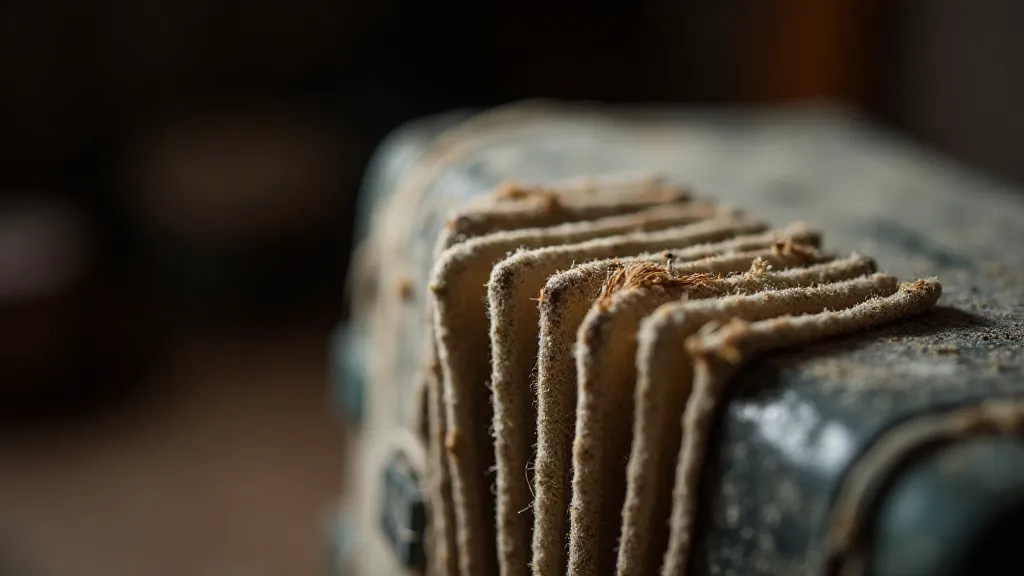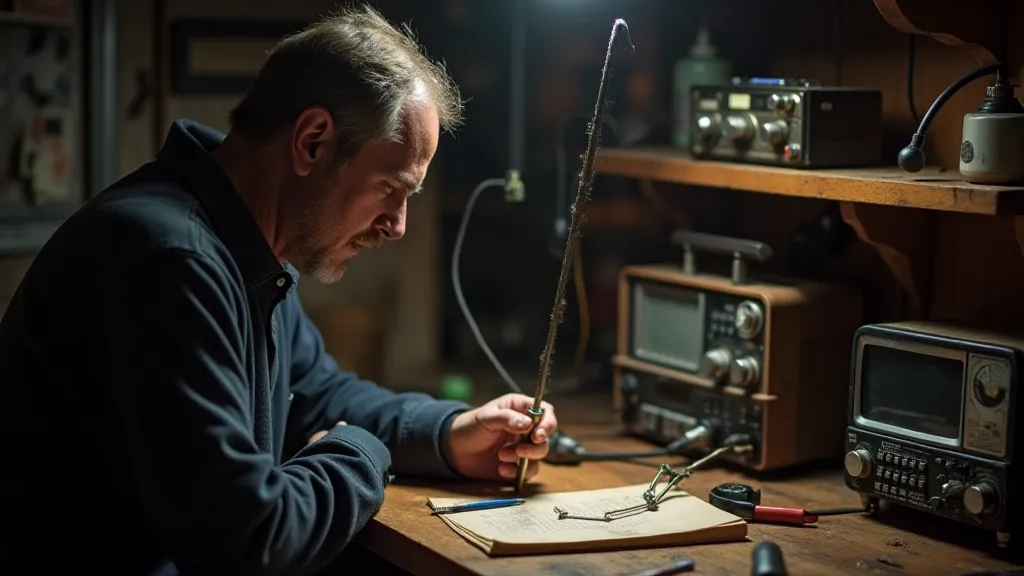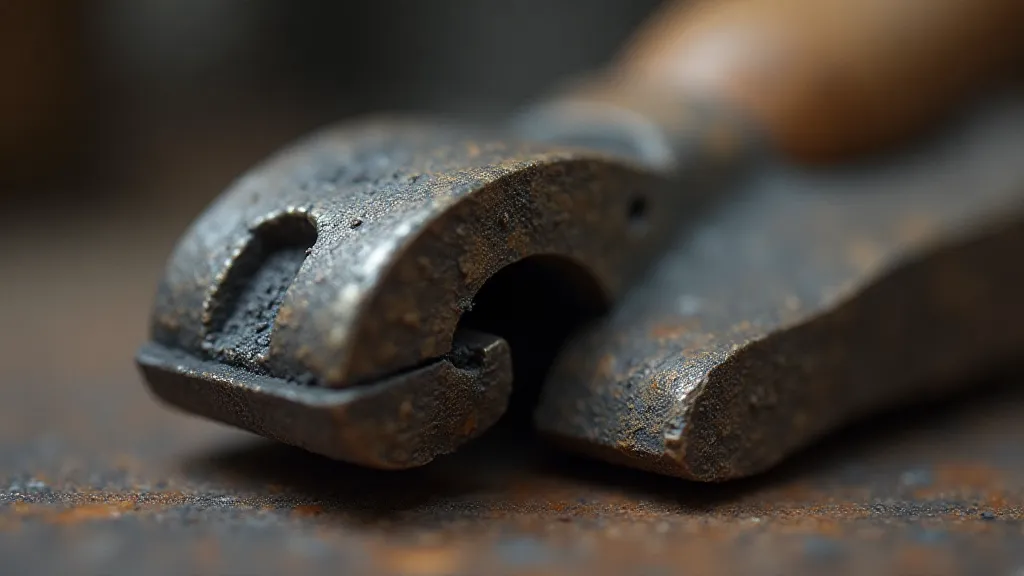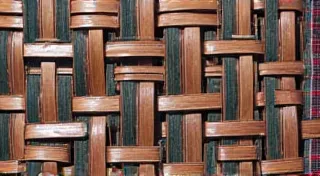Chromatic Resonance: Wire Antenna Construction and the Palette of Frequency
There's a certain melancholic beauty in the aging bellows of an antique accordion. The felt worn smooth by countless hands, the brass subtly tarnished, the wood grain telling a silent story of workshops and travels. It’s a testament to human ingenuity, a complex system designed to produce a surprisingly wide range of sound through relatively simple mechanisms. Building a wire antenna, I’m finding, shares a similar spirit. It's about understanding the materials, respecting their properties, and coaxing forth a desired response – a chromatic resonance – from a seemingly simple arrangement of wire and space.

Beyond the Dipole: Understanding Material Properties
Most introductory guides will teach you to build a dipole. And that’s a fine starting point – a foundational understanding of impedance and radiation patterns. But true artistry lies in pushing beyond that comfort zone, in exploring the subtle nuances that elevate a simple wire into a finely tuned instrument. It's a journey that demands respect for the materials themselves.
Consider the wire. Copper is the obvious choice, prized for its conductivity. But the gauge matters. A thicker gauge minimizes losses, crucial for higher frequencies and longer wire lengths. However, thicker wire is also stiffer, making it more challenging to shape and support. Stainless steel, while less conductive, offers superior weather resistance, a vital consideration for outdoor installations. Even the wire's surface finish plays a role; a rough surface increases losses compared to a polished one.
I recall an early project, a simple half-wave VHF antenna. I’d used enameled copper wire – standard fare. The results were… underwhelming. A seasoned ham, a gentleman named Arthur, observed my frustration. "The enamel," he remarked, "it's not perfect. It introduces capacitance, shifting the resonant frequency." He showed me how to gently scrape the enamel off the ends of the wire, revealing the bare copper. The difference was astonishing. The antenna sprang to life, radiating with a clarity and strength I hadn't experienced before. It was a small detail, but a profound lesson in the importance of understanding the entire system.
Impedance Matching: The Harmonious Union
An antenna doesn't operate in a vacuum. It's part of a larger circuit, connected to a transceiver that has a specific impedance – typically 50 ohms. If the antenna’s impedance doesn't match, power will be reflected back, reducing efficiency and potentially damaging the transceiver. This is where impedance matching comes in - the art of creating a harmonious union between the antenna and the rig.
The beauty of impedance matching isn't just about technical correctness; it's about finesse. A simple coaxial cable balun can often suffice. But more complex matching networks – using capacitors and inductors – allow for even finer control. These networks can compensate for variations in wire length, frequency, and environmental conditions. A well-designed matching network can transform a poorly performing antenna into a surprisingly efficient transmitter.
Think of a piano tuner. He’s not simply adjusting the strings to hit a specific frequency. He’s listening for the *overtones*, the subtle harmonics that reveal the true quality of the instrument. Similarly, when tuning an antenna, it’s not enough to simply focus on the fundamental frequency. You need to listen for the reflected power, the SWR, the overall performance across a range of frequencies. A truly skilled ham knows how to coax the antenna into its optimal state.
The Subtle Art of Length and Spacing
The length of the wire is, of course, the most obvious factor in determining its resonant frequency. But the spacing between parallel wires, the use of folded elements, the introduction of loops - these seemingly minor variations can drastically alter the antenna’s radiation pattern and impedance.
Consider a log-periodic antenna. It’s a relatively complex design, but at its heart, it’s a series of wires, each slightly different in length and spacing. This gradual change in geometry allows the antenna to maintain a relatively constant impedance across a wide frequency range. It’s a clever solution to a common problem – the need for broadband performance.
I’m currently experimenting with a J-pole antenna, a surprisingly versatile design. The "J" section acts as an impedance transformer, simplifying the matching process. But even within this design, there's room for experimentation. I'm playing with the spacing and length of the J section, observing how these changes affect the antenna's SWR and gain. It's a slow, methodical process, requiring patience and careful measurement.

Beyond Efficiency: Aesthetics and Craftsmanship
While efficiency is undoubtedly important, there’s also a certain satisfaction in building an antenna that is visually appealing, a testament to human ingenuity and craftsmanship. It’s about taking pride in your work, creating something that is both functional and beautiful.
Think about the cabinet makers of old. They didn’t just build furniture that was sturdy and practical. They carved intricate details, inlaid precious woods, and applied a flawless finish. They understood that beauty wasn’t just a superficial addition; it was an integral part of the design.
I’m not suggesting that every antenna needs to be a work of art. But there’s no harm in taking a little extra care, in using quality materials, in paying attention to the details. A well-built antenna, even a simple wire antenna, can be a source of pride and enjoyment for years to come. It's a tangible reminder of your connection to the radio waves that connect us all.
Restoration and the Echoes of History
There’s a parallel between restoring an antique accordion and building a ham radio antenna. Both require an understanding of materials, mechanics, and the history of the craft. Both are acts of preservation, of keeping a piece of the past alive. An accordion, often discarded or forgotten, can be brought back to life, its voice once again filling a room with music. Similarly, a well-built antenna can amplify our connection to the world, allowing us to reach out and communicate with others, regardless of distance.
Collecting antique accordions isn’t just about acquiring objects. It’s about collecting stories, about connecting with the people who played them, who built them, who cherished them. It's about understanding the cultural context that gave rise to these instruments.

The next time you're building a wire antenna, take a moment to appreciate the legacy of craftsmanship that has brought you to this point. Remember the accordion, the piano tuner, the cabinet maker. Listen for the chromatic resonance, the subtle variations that make your antenna truly unique. And enjoy the feeling of connection – to the past, to the present, and to the vast expanse of the electromagnetic spectrum.





